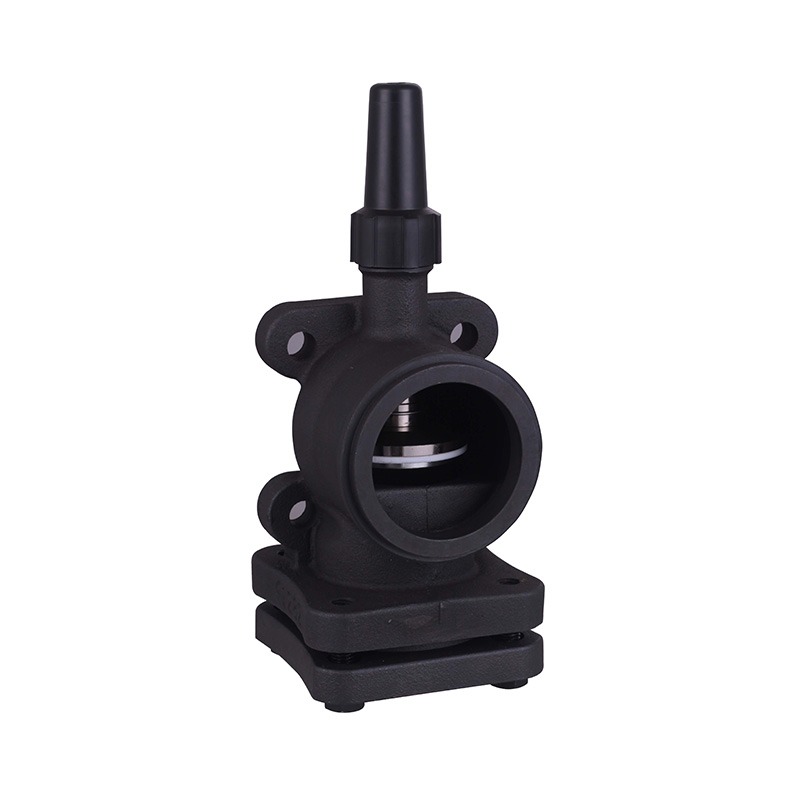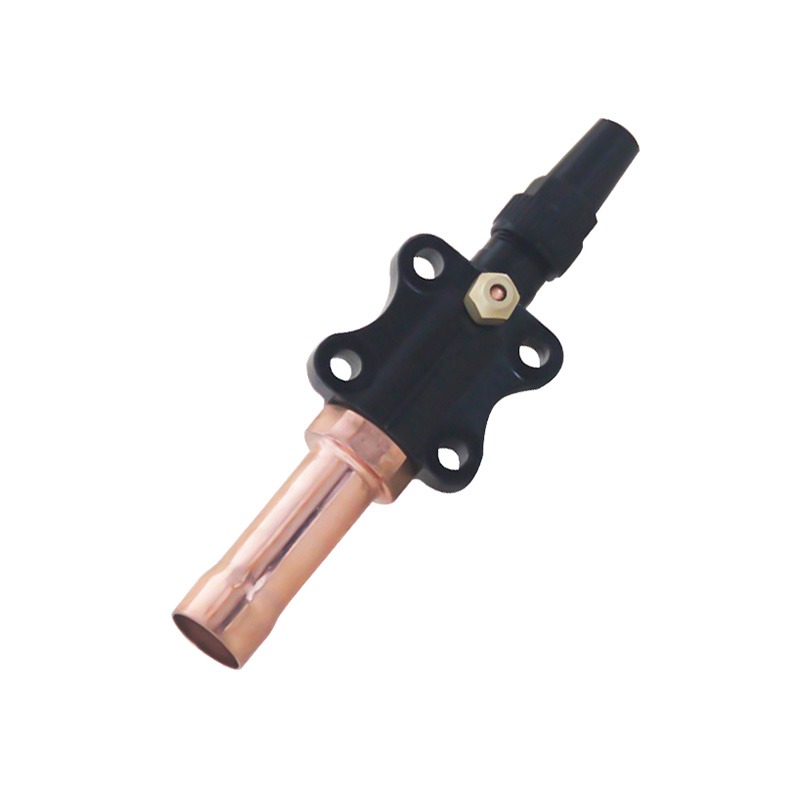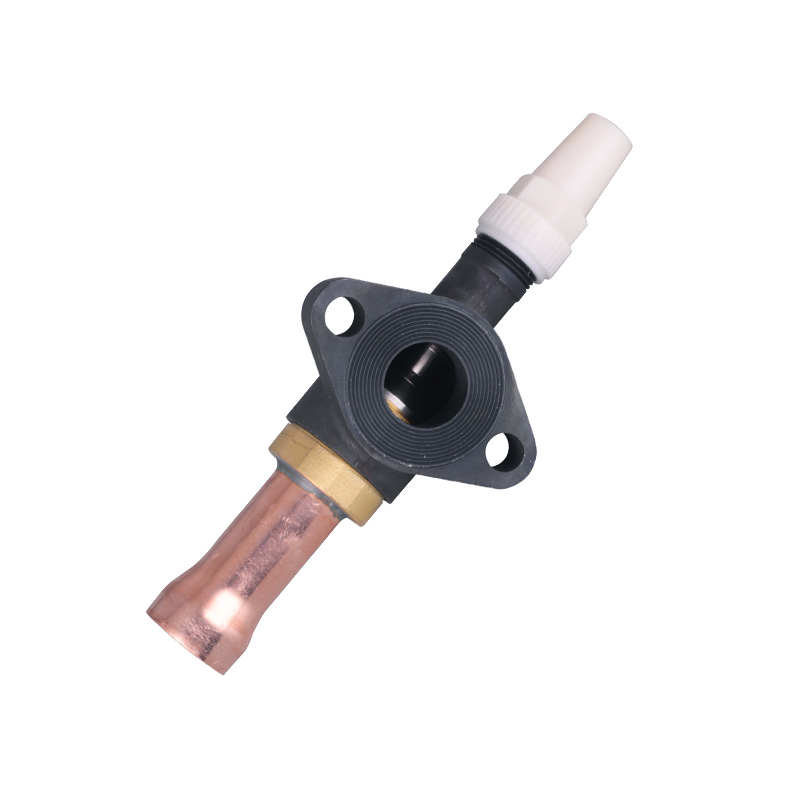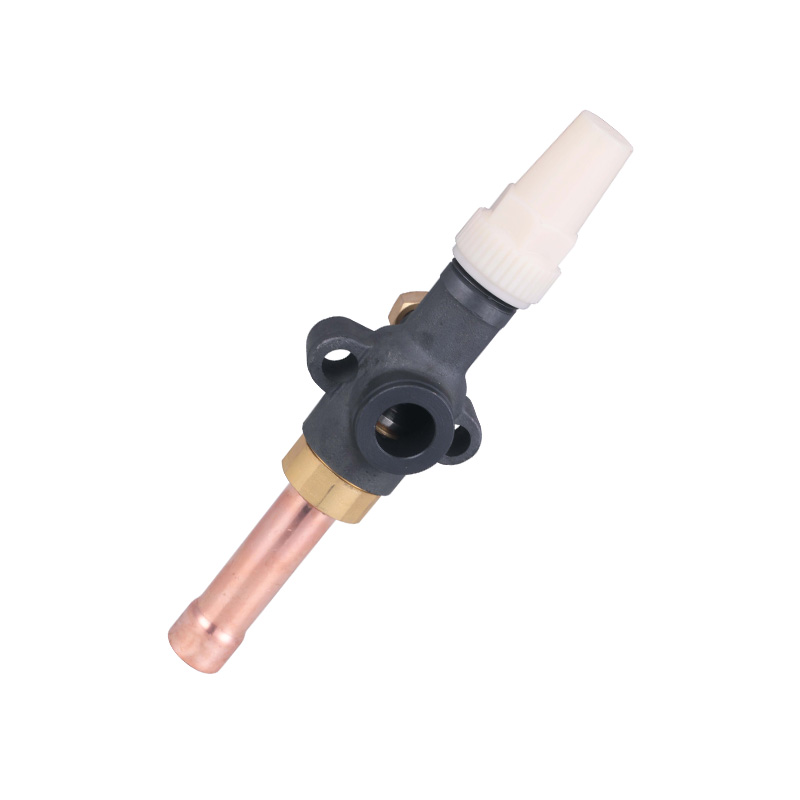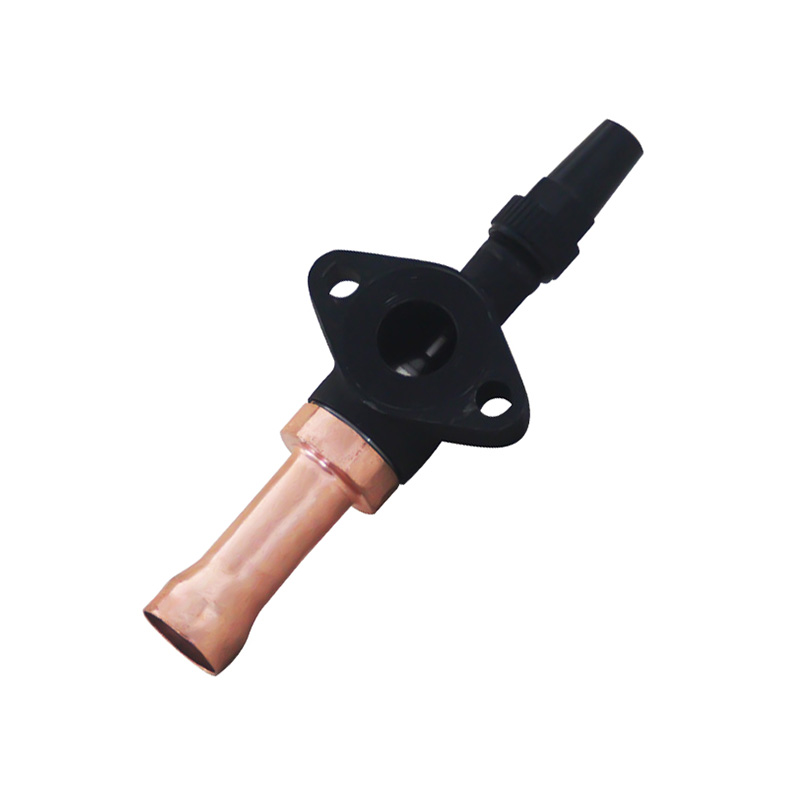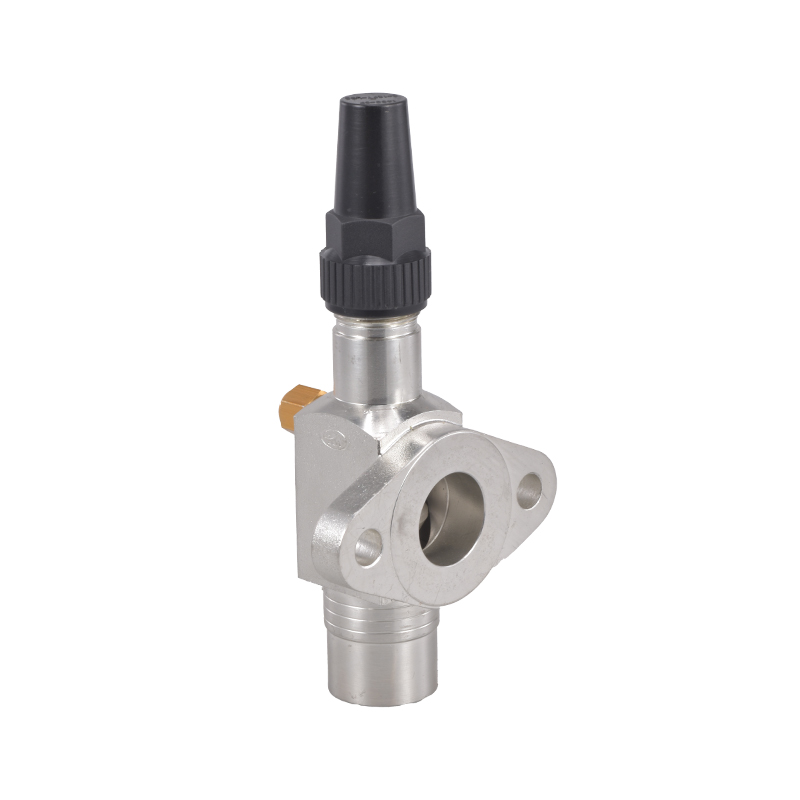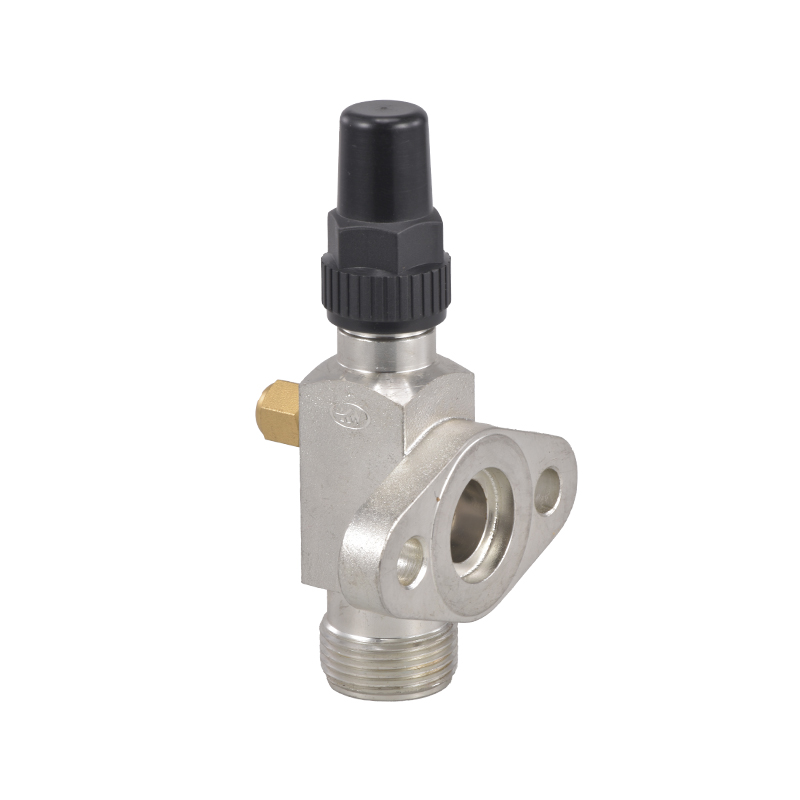One-Way Stop Valve Applications Expand In Temperature-Controlled Warehousing
 By Admin
By Admin
The consistent performance of temperature-controlled warehousing depends heavily on the integration of dependable mechanical components. Among these, the One-Way Stop Valve has gained increasing attention for its practical functionality. This type of valve allows fluid to move in a single direction, ensuring systems maintain steady pressure and avoid reverse flow, which could otherwise compromise cold storage conditions.

In many facilities, the One-Way Stop Valve plays a key role in managing the flow of refrigerants or other cooling mediums. When incorporated correctly, it provides an added layer of control, contributing to the overall safety and stability of refrigeration cycles. As storage requirements grow more complex, with multiple chambers operating under different settings, the demand for valves that can reliably isolate and direct flow continues to grow.
The range of equipment used in cold storage continues to evolve. This includes evaporators, condensers, expansion valves, and more specialized control mechanisms. When combined with a One-Way Stop Valve, this equipment functions more effectively, less fluctuations that can affect stored goods. Whether used in food preservation, pharmaceutical logistics, or floral distribution, each component must contribute to a tightly regulated climate environment.
System designers often incorporate a One-Way Stop Valve in pipelines that connect high and low-pressure sections of the cooling network. This configuration prevents undesirable pressure shifts and supports smooth system restart after downtime. In a temperature-sensitive storage setting, even a brief malfunction can result in costly product loss. The presence of this valve acts as a safeguard against such risks.
Newer configurations of equipment used in cold storage are becoming more compact and energy-aware. Space-saving arrangements, while efficient, demand more from each component. A One-Way Stop Valve must handle variable flow rates and remain reliable over extended operating cycles. Its contribution may not always be visible, but its absence is quickly noticed in the event of backflow or system inefficiency.
In large-scale warehouses, redundancy is often built into system design. Parallel cooling lines and multiple zones for different storage needs are common. Here, the One-Way Stop Valve is installed at junctions where control over direction and isolation becomes essential. Its function supports modular operation, allowing sections to be maintained or updated without disrupting the full system.
Beyond traditional refrigerant-based systems, some storage facilities use alternative cooling methods that still depend on precise control mechanisms. Regardless of the cooling medium, the need to manage flow direction persists. Thus, the relevance of the One-Way Stop Valve continues across different technical approaches within the field.
Modern equipment used in cold storage must balance mechanical durability with regulatory compliance. Hygiene standards, thermal efficiency, and ease of maintenance all play a role. The One-Way Stop Valve contributes by offering a passive but effective way to manage flow without needing constant adjustment. Once installed, it quietly ensures that the system behaves as expected.
As industry priorities shift toward energy use and environmental impact, system designs reflect an increased focus on consistency and resource management. The ability of the One-Way Stop Valve to support continuous operation with small intervention makes it a preferred option in many installations. Combined with efficient equipment used in cold storage, it helps maintain stable operating conditions without placing additional load on other system parts.
The growing use of the One-Way Stop Valve in temperature-controlled warehousing is not a passing trend but a response to the increasing demand for reliable flow control. As systems become more complex, each component's role becomes more defined. For facilities looking to maintain efficiency, the integration of this valve into critical points of flow continues to be a practical choice alongside other essential equipment used in cold storage.




 English
English русский
русский Deutsch
Deutsch
